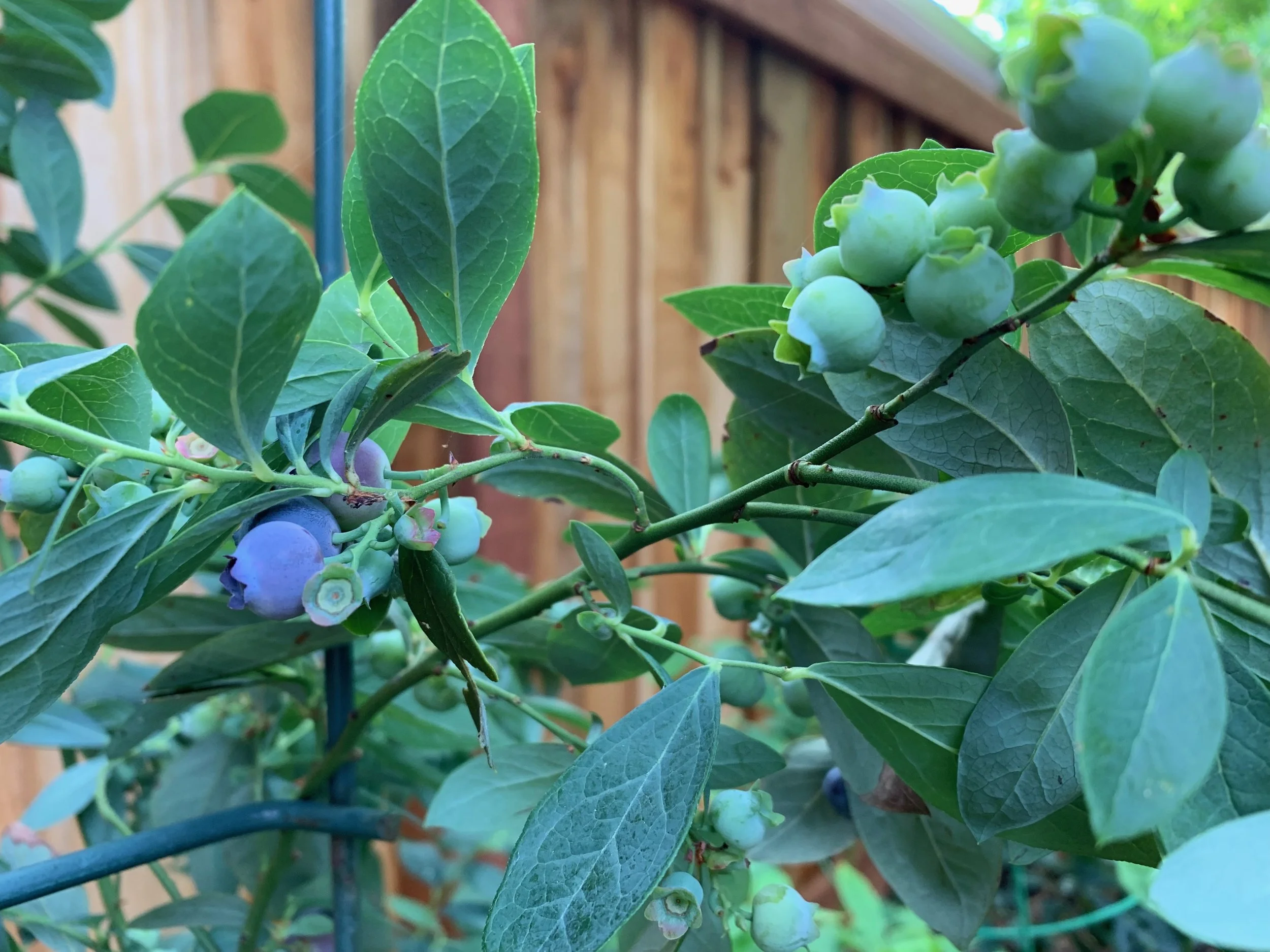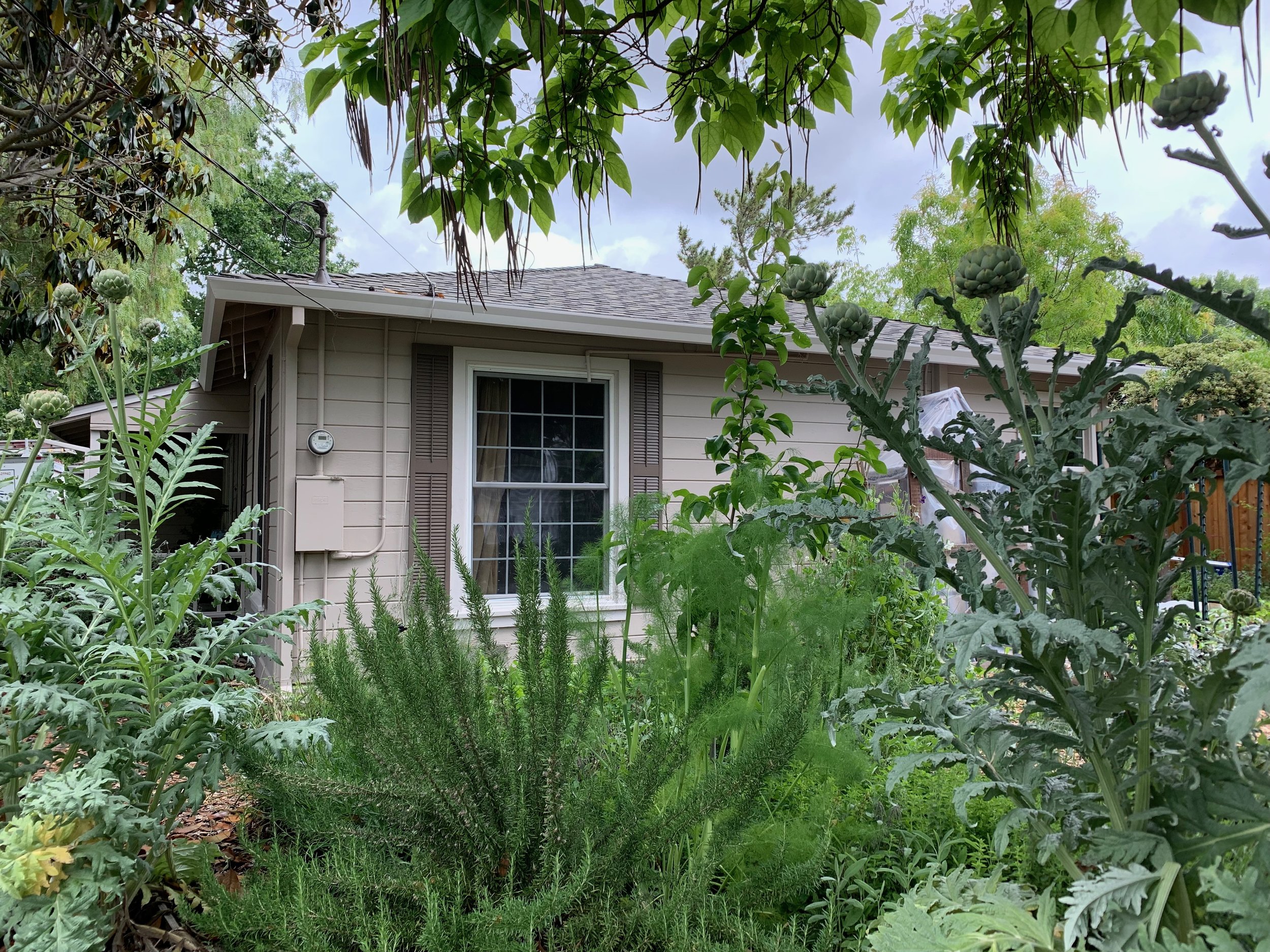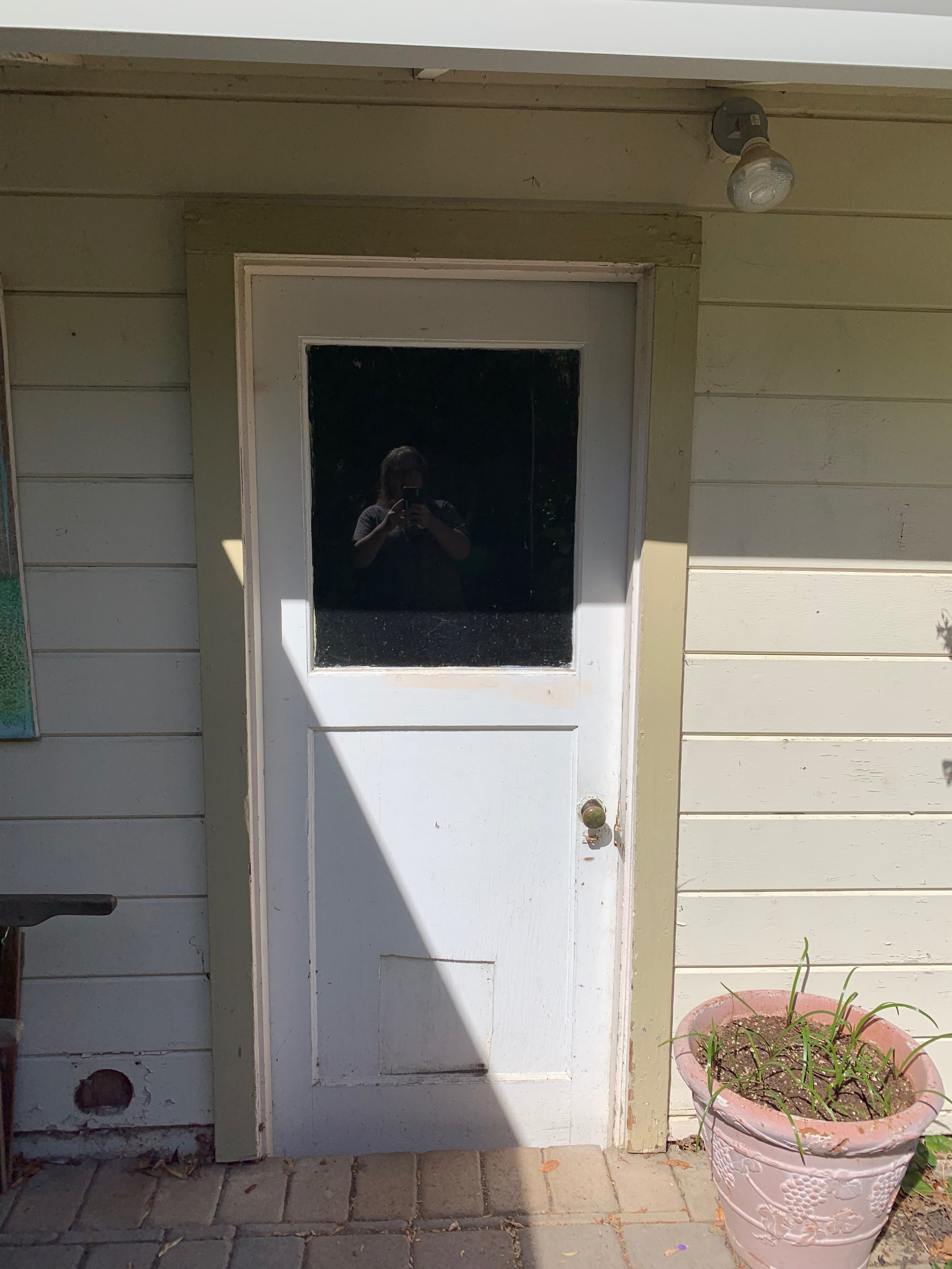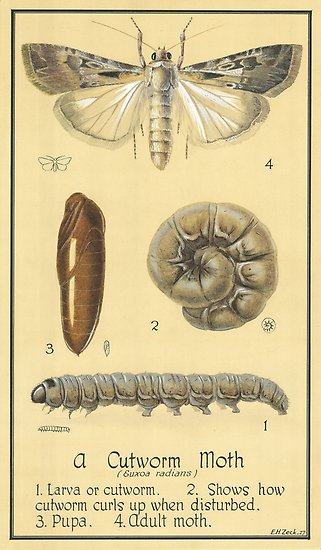Happy Memorial Day! I must confess it hasn’t felt much like summer here, with very unusual late-season rains and chilly weather, but the garden is thriving despite that. Late-spring and early-summer fruit is coming ripe. I’m sure you can now find strawberries, rhubarb, and blueberries in your farmers markets if not in your gardens. Here, we have all three.
When it comes to berries, we never have enough for both fresh eating and cooking - it’s a rare day that I don’t go out and snack on them right from the garden and it’s a miracle anyone else ever gets some. So we buy both of these as well when we want to make a dessert, or even have a guaranteed amount for lunches or breakfast yogurt, or when we need large quantities for making jam.
I’ve already shared the clafoutis recipe we got from The Apple Farm, but we like fruit crumbles, fruit crisps, and fruit cakes as well. Smitten Kitchen has a great fruit cake recipe which can be made from any fruit. The trick is to adjust the sugar and liquid levels when you use different fruits. For instance, when using rhubarb, I macerate it with some sugar first, because it needs a little breaking down. That will release some liquid which you need to drain. Also, the rhubarb needs some sugar. If using fresh berries, no need to macerate, just add them as-is, and you may want to cut down on the sugar in the cake. If using something like peaches, you’ll want to cut down the amount of milk in the recipe. You’ll just have to make this a lot, with a lot of different fruits, and experiment. All of it will be delicious, and I’m sure your family won’t mind trying all of those experiments out.
“Fruit Cake (adapted, barely, from Smitten Kitchen):
One pound fruit, sliced or whole depending on the kind
6 Tbsp unsalted butter at room temperature, plus more for the pan
1-1/2 C all-purpose flour
1-1/2 tsp baking powder
1/2 tsp fine salt
1 C sugar, more or less, depending on the fruit, plus any extra for macerating, plus 2 Tbsp for sprinkling on top of the cake before baking
1 large egg
1/2 C milk
1 tsp vanilla
Whipped cream or sweetened creme fraiche, to serve
Preheat oven to 350. Butter a dish. Probably a cake pan of 9” will be too small and your cake will run over, so you need something a bit deeper - deep dish pie plate? Casserole dish? Sometimes I use a pie plate, sometimes a larger casserole, and in that case you’ll want to watch your cooking times. Also might be wise to place your baking dish on top of a cookie sheet just in case.
Whisk flour, baking powder, and salt together in a small bowl, set aside. Beat butter and cup of sugar until fluffy, about three minutes. Add egg, milk, and vanilla until just combined. Add flour mixture gradually, mixing until just smooth.
Pour into prepared dish. Arrange fruit on top, then sprinkle with reserved 2 T of sugar. Try to make the fruit one layer if possible but if not, a little overlap is fine.
Bake for 10 minutes at 350, then reduce oven temperature to 325 and bake a further 50-60 minutes. Your cake should be golden brown and your cake tester should come out free of wet batter. The fruit on top will be jammy. Let cool in pan on a rack. Cut into wedges and serve with cream of your choice.”
Enjoy!


















